Steam OS console

Gamers, rejoice. With Valve teasing
the imminent announcement of their PC/console hybrid aptly called the Steam
Box, a mysterious website with a timer appeared. And with the timer ending, it
led to the announcement of the Steam Operating System (OS). The OS itself is a
combination of Steam’s current platform and Linux.
As the new generation of consoles inches its way ever
closer, that gaming industry seems to be taking a significantly more advanced
approach in bringing us the games we want to play. Today, companies are
focusing on the possibility of cloud computing and live games streaming, with
initiatives such as Nvidia Shield and Gaikai being developed for these specific
purposes. The PlayStation 4 also claims to support this feature by allowing
players to gain access to their favorite titles from previous generation
consoles without natively running them, thanks to their new PlayStation Cloud
service. With so much talk about this new niche of gaming, it came as little
surprise when the digital distribution service Steam threw their hat in the
ring and decided to unveil their new services specifically tailored to the
gaming community’s needs.
Steam announced that it was working on the next generation
of gaming consoles, and followed it up with three major announcements. The
first of these was the unveiling of the Steam OS, brand-new operating system
currently in development at Valve headquarters. The Steam OS is touted as an
operating system designed specifically for gamers, ale to incorporate multiple
features that gamers require while providing tight integration with the
hardware and software of a given machine. Based on a modified version of the
Linux kernel, the OS would have all the basic functions of other operating
systems, and needless to say, would provide users with access to Steam’s
extensive catalogue of games that can be perused, Players would be able to
steam their game content already installed on a Windows, Mac or Linux computer
to one that is running Steam OS, and would allow for home sharing as well as
Steam’s upcoming Family Sharing model.

The OS is being built around the concept
of living room computing, which means that the interface will be simplistic and
well structured, highly intuitive and easily accessible to players, much like
the Steam Bid Picture feature. More importantly, the announcement for the new
OS also stated that its source code would be open to all, allowing developers
to customize all aspects of it and tailor it to their own liking. The OS will
be completely free for users to download to their computers if they so desire,
making it possible to have a dual-boot system that houses Steam OS as a
secondary operating environment. The news of the announcement has been welcomed
with praise by the community, and numerous publishers have pledged their
support for the system.
The announcements from Steam didn't stop there however, as
the next unveiling introduced the world to the Steam Machines program. Valve
has stated that it was designing hardware systems that would be capable of
running its new OS and will fit into the living room environment to provide
access to Steam’s wealth of software, from the comfort of your couch. The
program was stated to contain somewhere close to 300 prototype systems, each
with their own varying specifications, that would be shipped to special
candidates who had enrolled in the beta program to test them out. Once mass-consumer
testing is completed, Steam would then begin to release the systems
commercially, and would partner up with manufacturers to create a line of
machines for mass-market penetration. The systems designed require a minimum
criteria of specifications to be fulfilled, which include certain CPU and GPU
models, RAM, hard disk drives and power ratings. Machines can be bought
reconfigured from vendors, or can be assembled and customized by consumers to
suit their individual requirements and needs, and all devices will support
modifications. Packaged with the systems will be the third surprise that Valve
unveiled a few days later, the Steam Controller.
.jpg)
.jpg)
Designed to support each and
every game from within its vast catalogue, the Steam Controller breaks
tradition by introducing two clickable track pads, in place of the standard
analogue sticks – to allow for precise movement and control. Each trackpad will
measure the intensity and force of the input, with three different levels of
measurement, and will also allow for haptic feedback to relay information to
the user. The controller also sports sixteen buttons and a high resolution
touch screen right in the middle to simulate mouse movement, and is designed to
work with the Steam OS as well as the Steam application on other operating
systems. The philosophy behind the controllers is to allow players who are
accustomed to the precision and finesse of a keyboard/mouse setup to play their
games with ease without sacrificing control or utility. The systems are
expected to arrive in the market sometime in 2014.
By introducing the Steam OS and moving forward with its
hardware solutions, Steam looks to become the most preferred system of choice
for most gamers the world over. Accessing your saved games from your friend’s
machine should not be a hassle any more, and the same experience that was once
confined to swivel chairs can now be taken to your comfortable living couch. We
have a major contender in the market as the eighth generation of video game
consoles draws near to release, and if Valve has something to say about it, it
looks to be a very successful venture indeed.


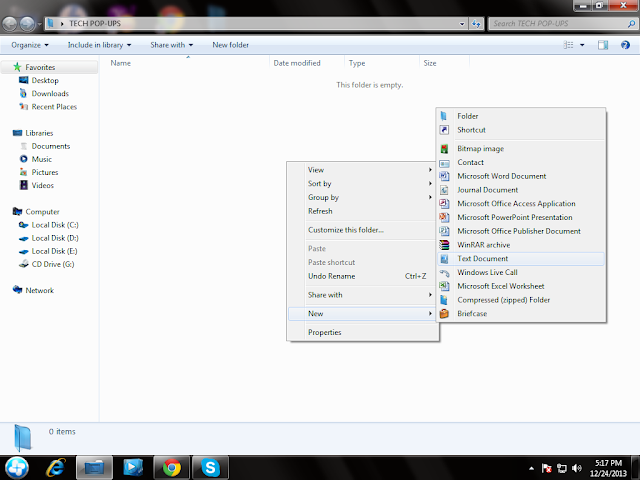

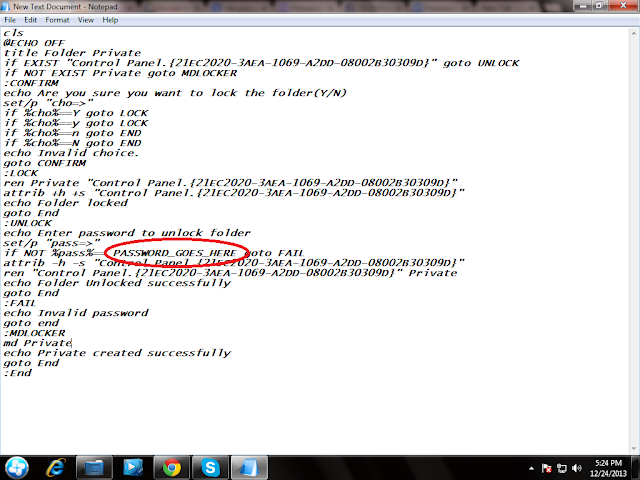
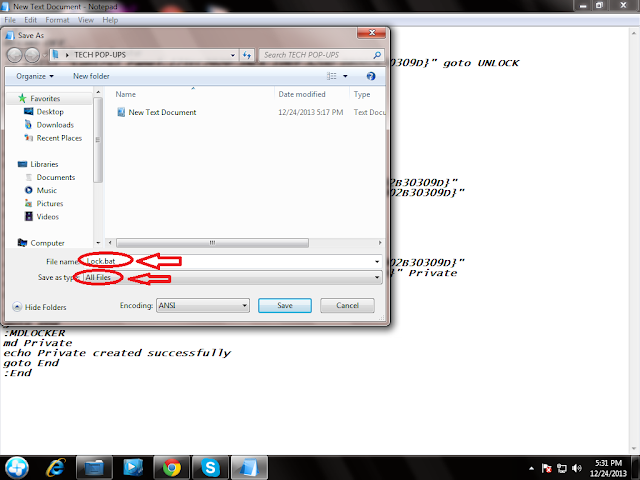
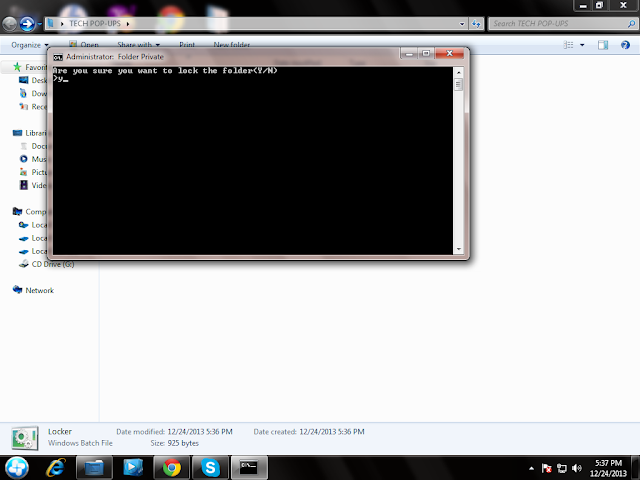



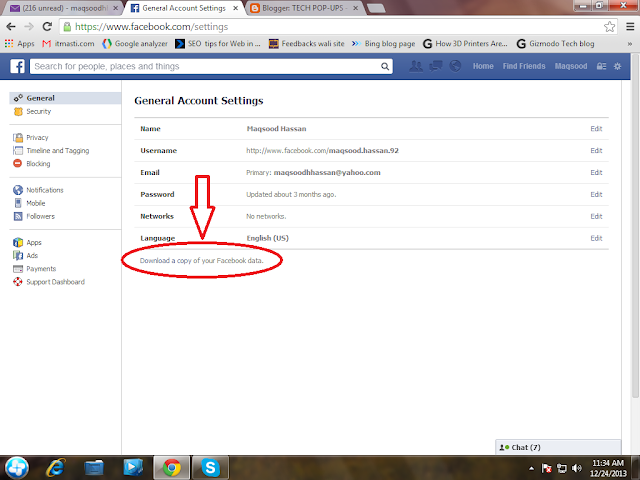







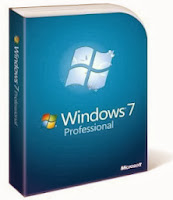


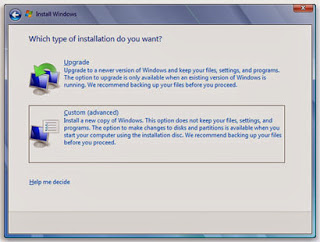

.jpg)


.jpg)
.jpg)
.jpg)









.jpg)